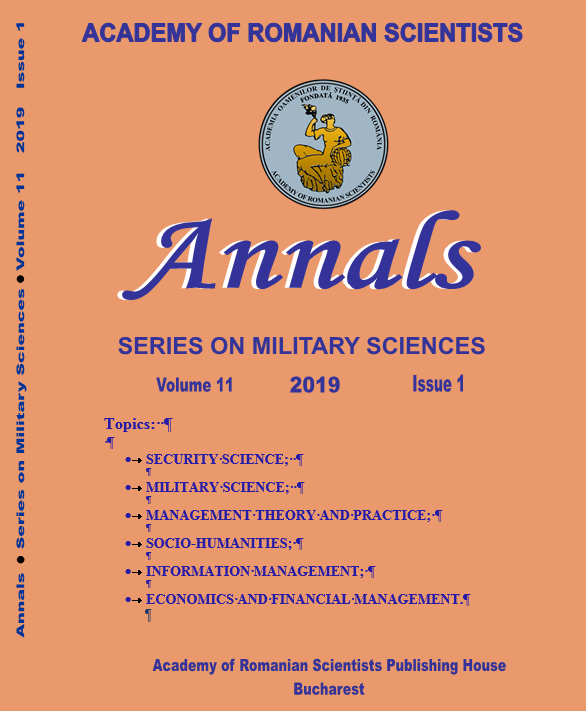ASPECTS OF THE DIMENSIONS AND DYNAMICS OF THE ROMANIAN LABOR FORCE IN THE EUROPEAN UNION
ASPECTS OF THE DIMENSIONS AND DYNAMICS OF THE ROMANIAN LABOR FORCE IN THE EUROPEAN UNION
Author(s): Viorel Buţă, Andreea Mihaela RaduSubject(s): Military history
Published by: Editura Academiei Oamenilor de Știință din România
Keywords: transnational networks; diaspora networks; pendular migration; brain drain; cross-border pendularism; migratory flows;
Summary/Abstract: The migratory phenomenon of the 1980s in Europe is characterized by political and economic changes in the East-West region, which led to the emigration of the populations from the former socialist states to the countries of Western Europe, economically developed countries. In this context, the developed countries have taken restrictive measures. Regarding the migration of the 1990s, the analysis reveals that the form of migration from this time is a labor force and temporary migration called "pendular" in the EU countries, the situation being different from previous migrations that were predominantly permanent With regard to the mobility of the Romanian labor force in the European Union, finding a job is the main cause of emigration. On this background, it is noted that men are particularly focused in the construction sector, while women find a job easier in domestic services. This situation exposes Romanians, especially men, to an increased risk of unemployment.
Journal: Annals – Series on Military Sciences
- Issue Year: 11/2019
- Issue No: 1
- Page Range: 39-49
- Page Count: 11
- Language: English

